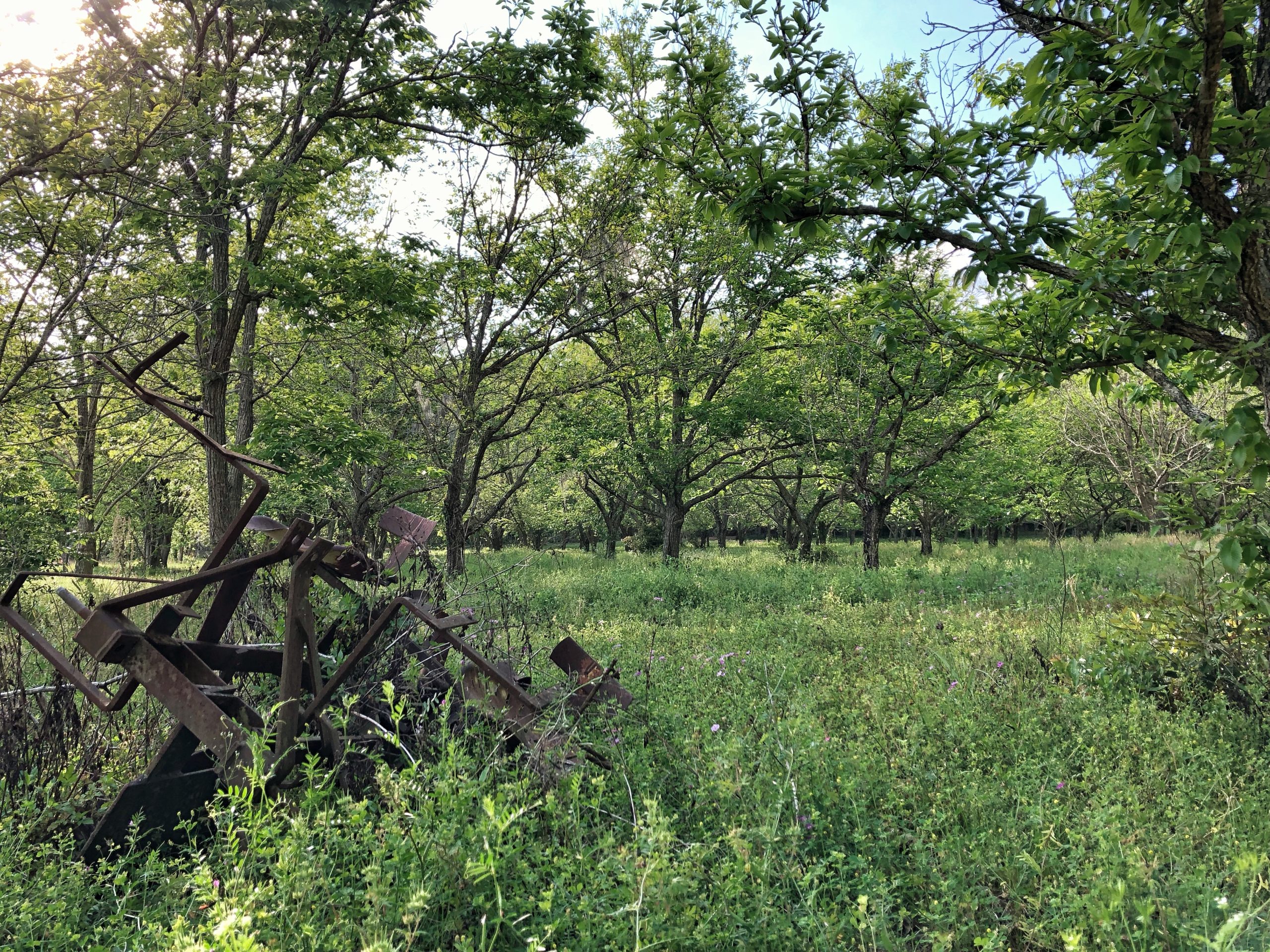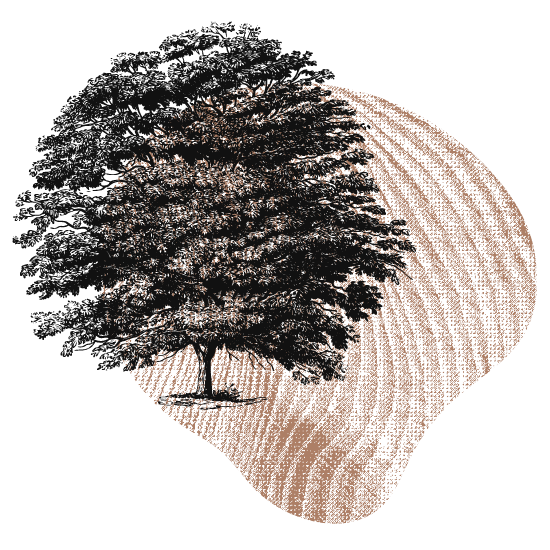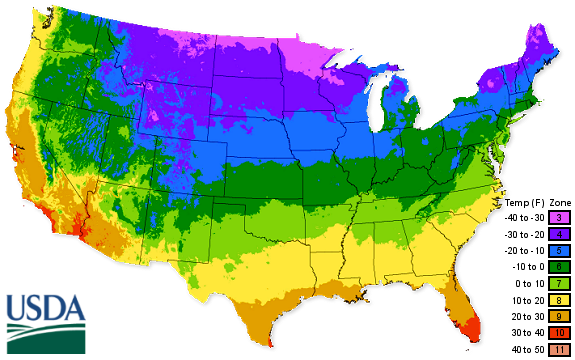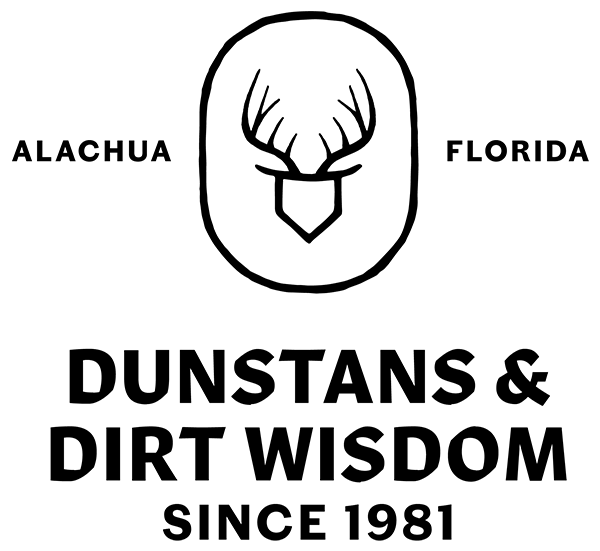Tips for Spring Planting Success
Spring is here, and it’s time to start planting those mast orchards you’ve been planning all winter, or for adding on to your existing ones. Depending on the size and type of your orchards, this could represent a significant investment of time, money and effort. If you want to maximize the success of that investment, you should also apply a little dirt wisdom and make sure you follow proper planning and planting procedures.
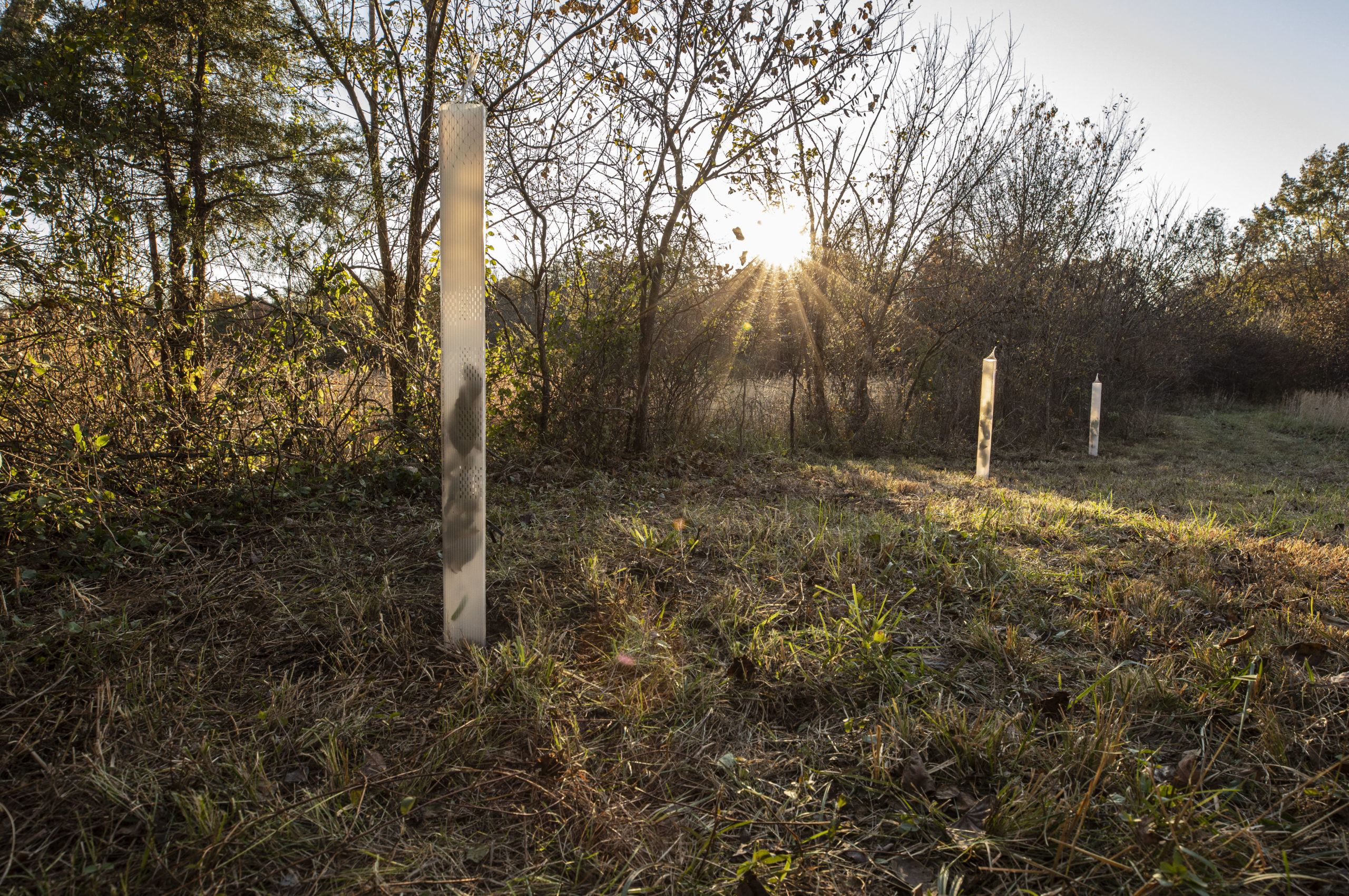

Planning
Part of the planning process involves selecting the right varieties. The more variety in terms of soft and hard mast and time of peak production, the more effective your orchards will be at attracting and holding a greater variety and number of wildlife species.
You also want to be sure you’ve selected plants that are adapted to the local climatic conditions in your area. The USDA Plant Hardiness Zone Map can help you determine this. Additionally, Chestnut Hill Outdoors lists these Zones for each of their products and checks all orders to ensure plant species are appropriately suited to their destinations.
Next, you need to consider where the best location on your property is for each species.
Variation in elevation, site location, directional orientation and proximity to bodies of water can create local changes in temperature or micro-climates. Avoid shaded areas, rocky ground with poor soil moisture or low-lying areas where frost pockets may form. Instead, seek higher areas where cold air drains off, more open areas with less competition and south-facing slopes that receive more direct sunlight.
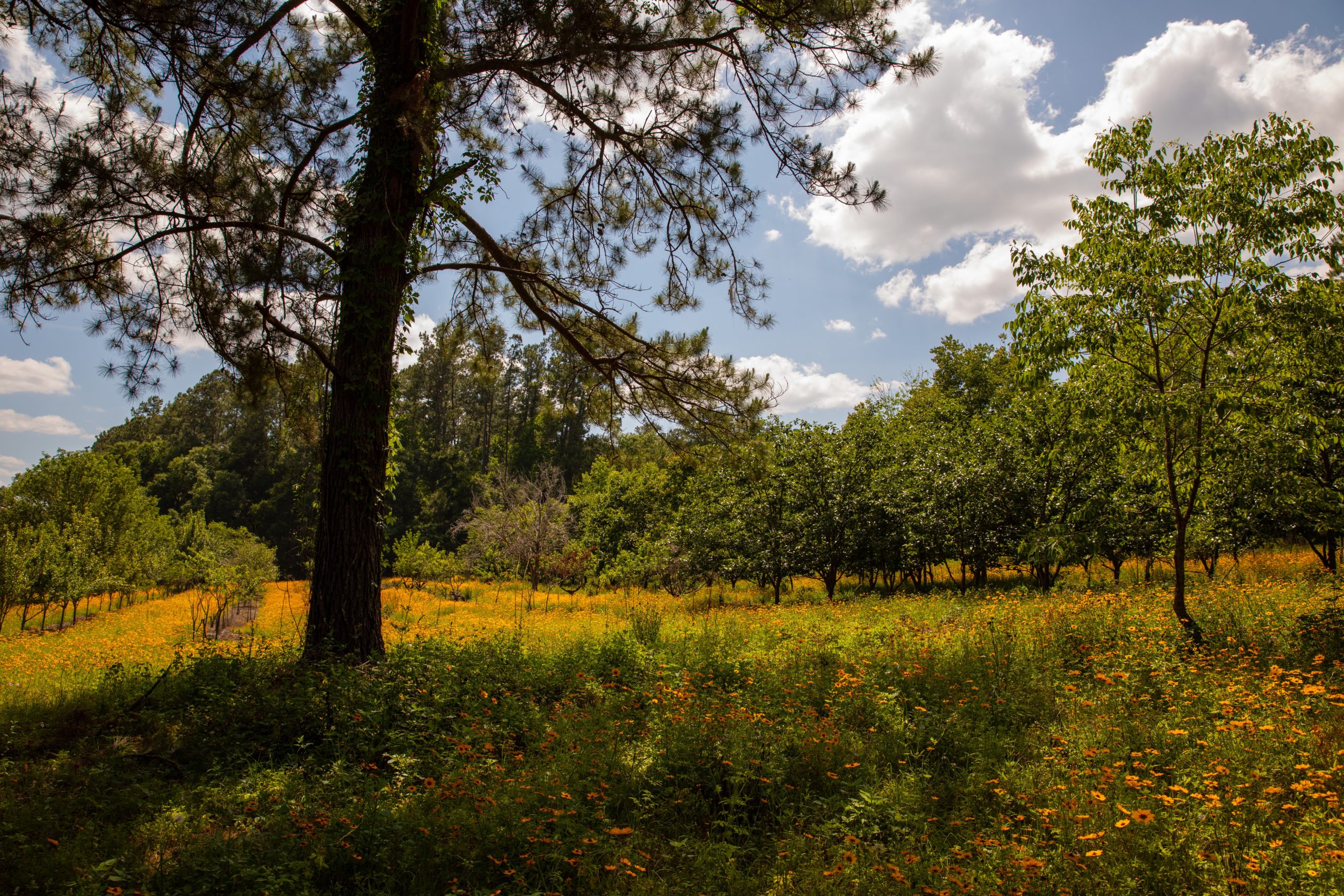

Planting
Even with the best stock in the optimal location, it’s still vital that you follow proper planting instructions if you want to maximize plant growth. This involves several steps, including site selection, site preparation, tree spacing and staking and tubing if necessary. Aberrations like late spring freezes can be a problem in northern locations, especially after plants leaf out. If you expect a late freeze, you should employ protective measures like Grow Tubes and frost cloth.
Every species has different requirements, and you can find detailed instructions for each within the product pages and learning center.
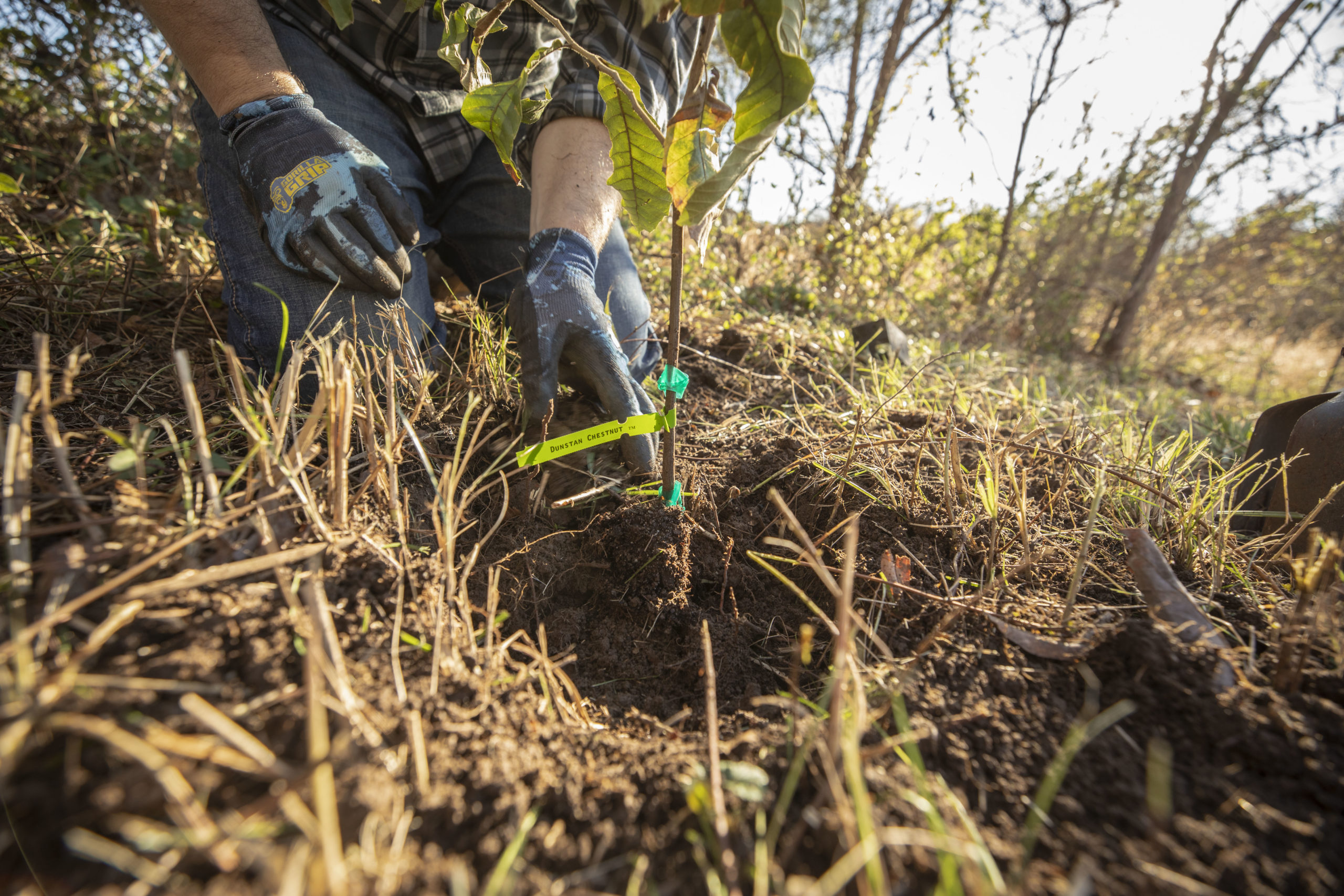

The three key variables influencing plant growth and productivity are sunlight, soil minerals and water. You should have addressed the first two, and to some extent, the third in the planning process. But proper watering is also a critical step in the planting stage as many trees die from too little or too much water during the first few months after planting. If at all possible, you should provide supplemental water to your newly planted trees for the first two years. Specifically, trees planted in the spring should be watered regularly (2-4x/week) for the first year, especially if rains are infrequent. This provides sufficient water for growth while allowing the soil to dry down slightly between waterings.


Part of the reason for planting is probably to attract deer and other wildlife. But if you already have healthy populations, they could be a detriment to young trees and shrubs. Mice and voles will gnaw the bark; in some cases girdling the trees and deer will browse the twigs and limbs. At best, this will retard growth. At worse, it will kill the plants. If you notice or even suspect any such damage, you should consider tree tubes or even fencing until the trees reach sufficient height and age.
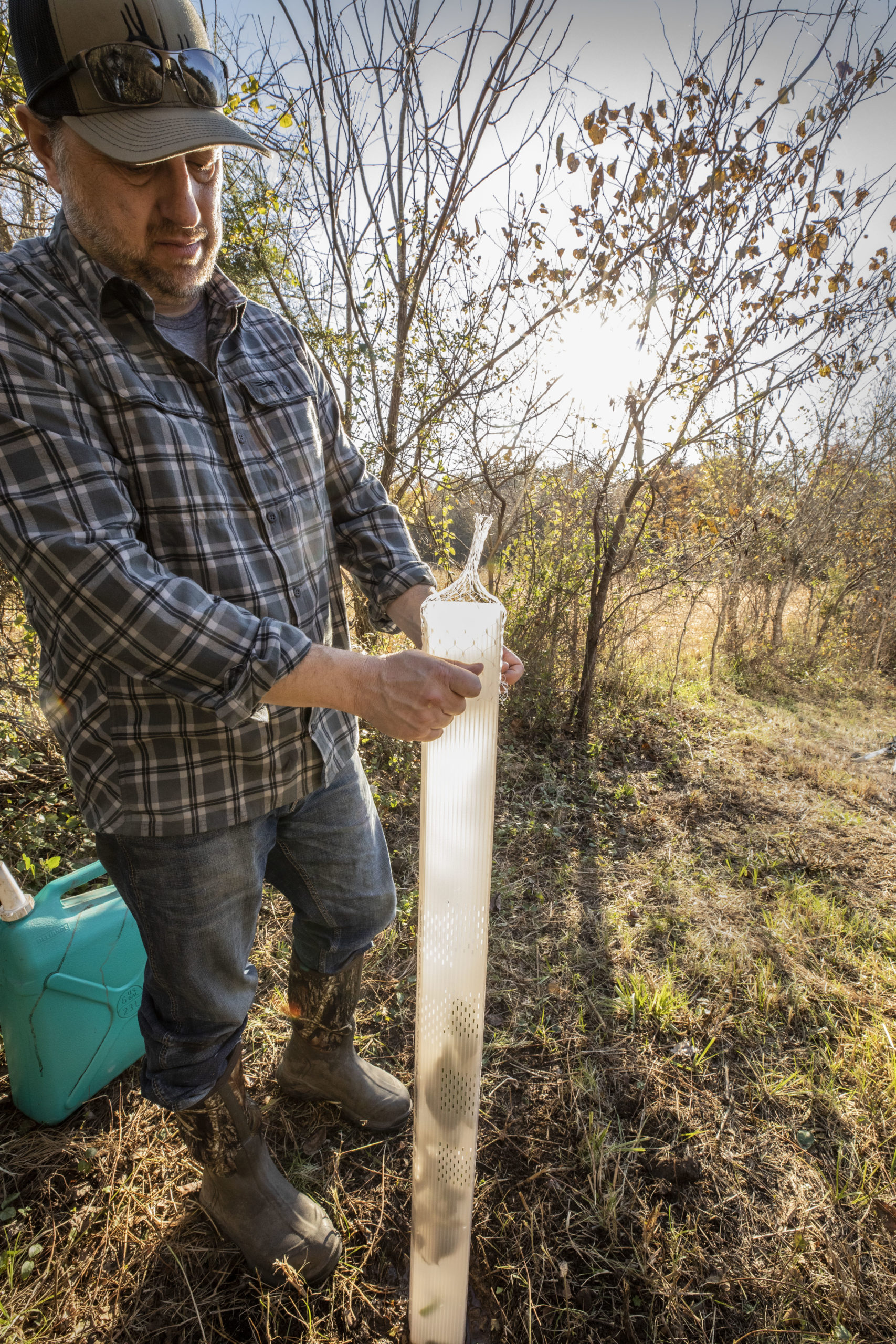

The up-front costs of mast orchards in terms of time, money and effort may seem higher compared to food plots. But if you do it right and them past the first two critical years, the fruits of your labor will provide indefinitely with little or no additional investment.
